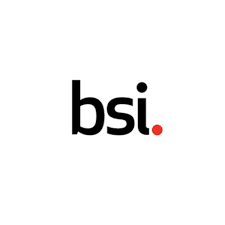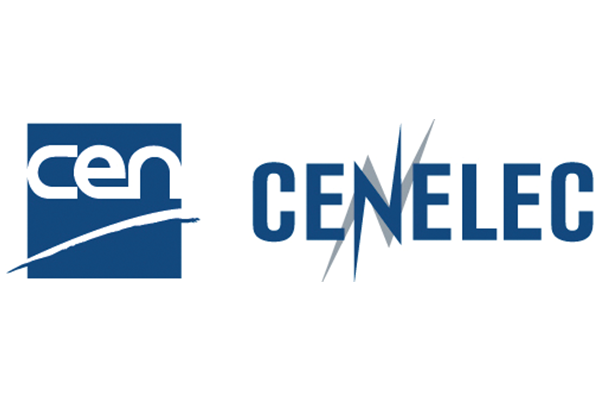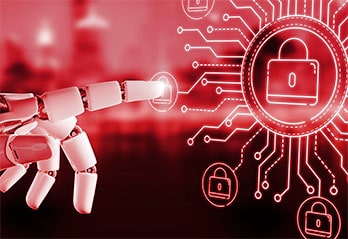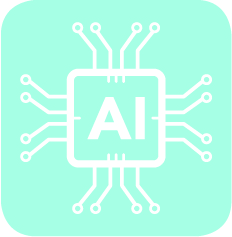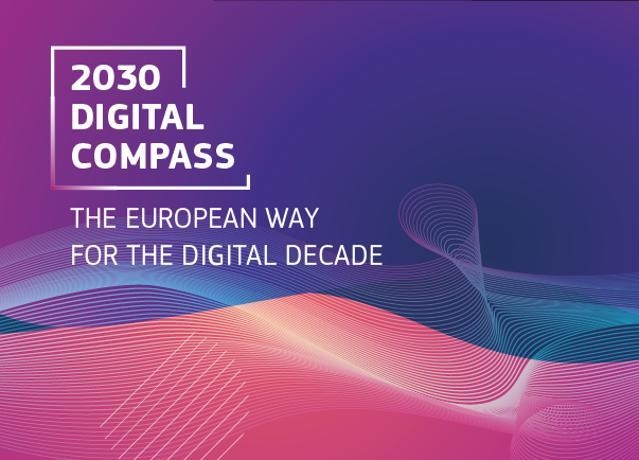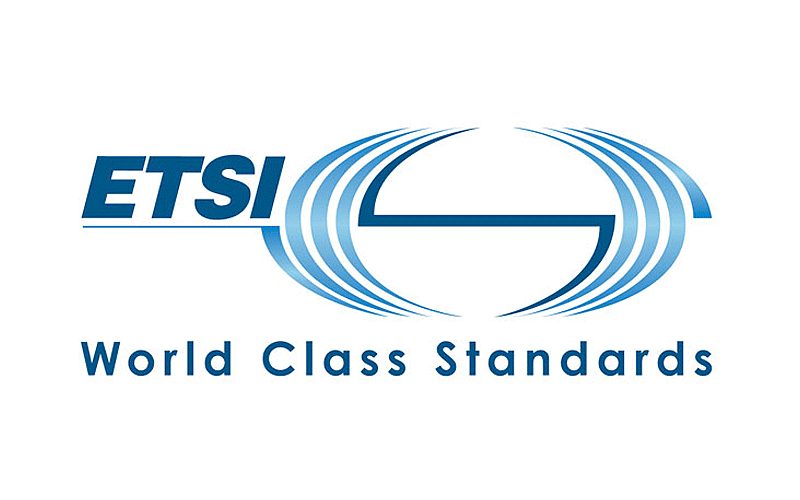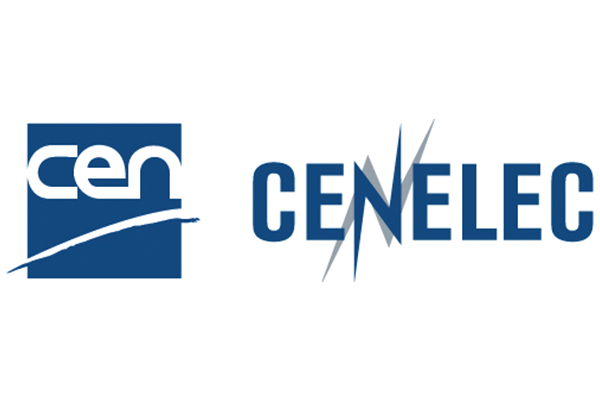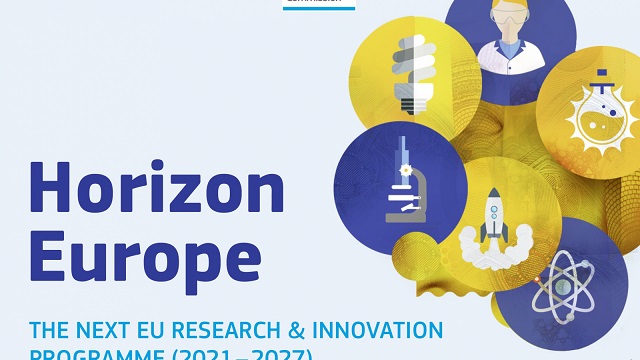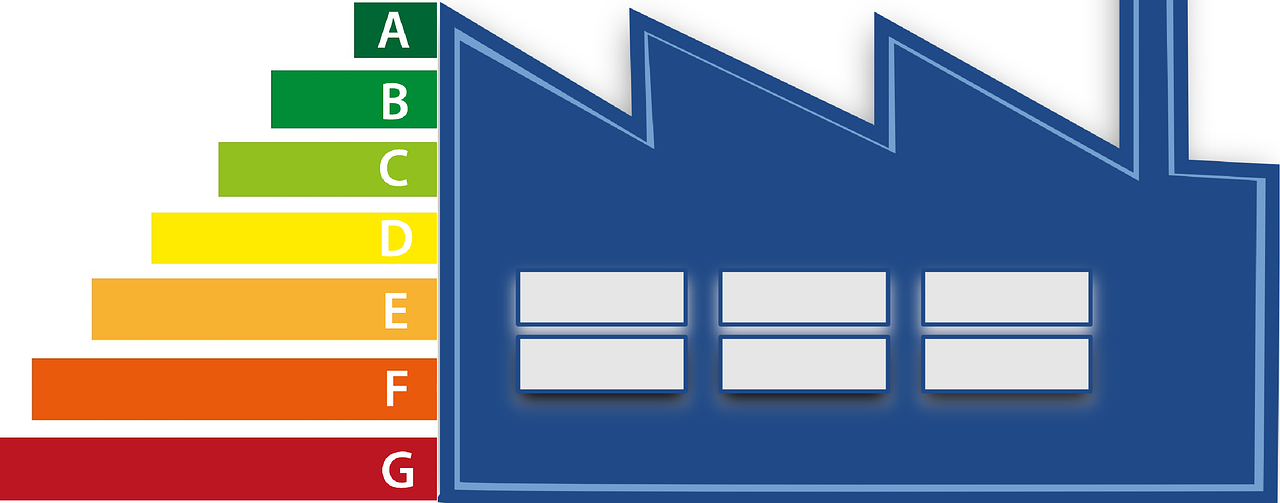The COVID-19 pandemic has had a huge impact on people and communities and BSI has developed a range of resources to support the fight against COVID-19. BSI know organizations are facing significant disruptions and challenges that they need to quickly manage and respond to, BSI is working closely with Governments, regulators, and organizations globally to share best practice and expertise, providing insight and information to help navigate the risks, mitigate crisis and enable resilience. Freely available resources available include safe working guidance, a report on working in the ‘new normal’ , and a range of webinars focussing on continuity, risk management, business continuity, community resilience and volunteers and the impact of Covid on manufacturing.
BSI also did a mapping exercise looking at the response of a range of countries in the Commonwealth - https://www.commonwealthstandards.net/news/covid-19-responses-update-as-of-22-march-2021-r53/
The new versions of two of the most important European standards for lifts (EN 81-20:2020 and EN 81-50:2020) have just been published in the Official Journal of the EU, ensuring their harmonization under the Lifts Directive. This can be the opportunity to explore more in detail the surprising and very important role of standards for lifts and elevators in the EU and on the global market.
European Standards for lifts and escalators: a Single Market Success story : In 1962, the European Committee for Standardization (CEN) established CEN/TC 10 on ‘Lifts, escalators and moving walks’ with the aim of agreeing on safety rules for the construction and installation of lifts, escalators, and passenger conveyors in the then European Community. The work of European standardization in this field has been particularly relevant in making the Single Market a reality through the adoption of Harmonised Standards. CEN successfully collaborates with the European institutions by creating the standards that implement the requirements introduced by the 'Lifts Directive 2014/33/EU' and 'Machinery Directive 2006/42/EC'. The Lifts Directive, whose latest version is applicable from 20 April 2016, harmonises the rules governing the design, manufacture, and installation of lifts. Its aim is to permit the free circulation of lifts within the EU internal market, ensuring a high level of safety for lift users as well as maintenance and inspection technicians. Similarly, the Machinery Directive harmonises the rules for escalators and other lifting appliances.
ETSI Report Paves the Way for First World Standards in Securing Artificial Intelligence
The ETSI Securing Artificial Intelligence Industry Specification Group (SAI ISG) released its first Group Report, ETSI GR SAI 004, which gives an overview of the problem statement regarding the securing of AI. ETSI SAI is the first standardization initiative dedicated to securing AI.
The Report describes the problem of securing AI-based systems and solutions, with a focus on machine learning, and the challenges relating to confidentiality, integrity and availability at each stage of the machine learning lifecycle. It also points out some of the broader challenges of AI systems including bias, ethics and ability to be explained. A number of different attack vectors are outlined, as well as several cases of real-world use and attacks.
To identify the issues involved in securing AI, the first step was to define AI. For the ETSI group, artificial intelligence is the ability of a system to handle representations, both explicit and implicit, and procedures to perform tasks that would be considered intelligent if performed by a human. This definition still represents a broad spectrum of possibilities. However, a limited set of technologies are now becoming feasible, largely driven by the evolution of machine learning and deep-learning techniques, and the wide availability of the data and processing power required to train and implement such technologies.
CEN and CENELEC launched a new Joint TC on Artificial Intelligence
Even though Artificial Intelligence (AI) has existed since the 1950s, the rapid developments in the past years have turned it into one of the most promising sectors within ICT. There has been an enormous growth in investments and use of AI systems in many sectors such as automobile, health and aeronautics, creating new challenges for both industry and society.
To ensure the development of trustworthy AI systems that respect fundamental values and human rights recognised in Europe, standardization is needed. For this reason, CEN and CENELEC have established the new CEN-CENELEC Joint Technical Committee 21 ‘Artificial Intelligence’, based on the recommendations presented in the CEN-CENELEC response to the EC White Paper on AI and the German Standardization Roadmap for Artificial Intelligence. The Joint Technical Committee, whose Secretariat is held by DS, the Danish Standardization Body, will be responsible for the development and adoption of standards for AI and related data, as well as provide guidance to other Technical Committees concerned with AI.
CEN - CLC/JTC 21 will proceed with the identification and adoption of international standards already available or under development from other organizations like ISO/IEC JTC 1 and its subcommittees, such as SC 42 Artificial Intelligence. Furthermore, CEN-CLC/JTC 21 will focus on producing standardization deliverables that address European market and societal needs, as well as underpinning EU legislation, policies, principles, and values.
The European Commission presents a vision, targets and avenues for a successful digital transformation of Europe by 2030. This is also critical to achieve the transition towards a climate neutral, circular and resilient economy. The EU's ambition is to be digitally sovereign in an open and interconnected world, and to pursue digital policies that empower people and businesses to seize a human centred, sustainable and more prosperous digital future. This includes addressing vulnerabilities and dependencies as well as accelerating investment.
To make the next years Europe's ‘Digital Decade'; responds to the European Council's call for a ‘Digital Compass'; and builds on the Commission's digital strategy of February 2020. The Communication proposes to agree on a set of digital principles, to rapidly launch important multi-country projects, and to prepare a legislative proposal setting out a robust governance framework, to monitor progress – the Digital Compass.
Europe's Digital Compass: The Commission proposes a Digital Compass to translate the EU?s digital ambitions for 2030 into concrete terms. They evolve around four cardinal points:
- Digitally skilled citizens and highly skilled digital professionals: By 2030, at least 80% of all adults should have basic digital skills, and there should be 20 million employed ICT.
- Secure, performant and sustainable digital infrastructures: By 2030, all EU households should have gigabit connectivity and all populated areas should be covered by 5G.
- Digital transformation of businesses: By 2030, three out of four companies should use cloud computing services, big data, and Artificial Intelligence.
- Digitalization of public services: By 2030, all key public services should be available online; all citizens will have access to their e-medical records; and 80% citizens should use an eID solution.
The ETSI Industry Specification Group on Permissioned Distributed Ledger (ISG PDL) has recently released a number of Reports to support industry and government institutions needs for what is commonly known as blockchain. These Reports cover data record compliance to regulation, application scenarios and smart contracts.
- ETSI GR PDL 002, “Applicability and compliance to data processing requirements”, describes the implications of the conduits used to connect data sources (sensors, gateways etc.) to distributed ledgers in utility and related industries. The Report also defines how regulatory aspects for data infrastructure security and privacy can be satisfied.
- ETSI GR PDL 003 details the application scenarios and operational requirements for permissioned ledgers to help telecom operators, Internet and over-the-top service providers implement the technology. It includes provision models with special emphasis on as-a-service paradigms and PDL infrastructure governance aspects.
- ETSI GR PDL 004, defines an architecture and functional framework for smart contracts and their planning, coding, and testing. The smart contract is a computer program stored in a distributed ledger system.
European Commission, standards are crucial for European Climate Adaptation policy
On 24 February 2021 the European Commission adopted the new EU Strategy on Adaptation to Climate Change, which is setting the pathway to prepare for the unavoidable impacts of climate change in Europe. The Commission clearly states in the strategy that they intend to “increase cooperation with standardization organisations to make sure that existing standards are climate-proof and to develop new ones for climate adaptation solutions”.
CEN and CENELEC support the European effort to mitigate climate change, an also the preparation for its unavoidable consequences. Since the publication of the first EU adaptation strategy in 2013, CEN and CENELEC have been working closely with the European Commission on climate proofing the key infrastructures by revising the relevant priority standards. The first set of standards that include adaptation solutions from various sectors are being now finalised.
In addition to the extension of the activities of the CEN-CENELEC Adaptation to Climate Change Coordination Group, at the end of 2020 the new CEN/TC 467 ‘Climate Change’ was also established with the objective to develop European standards in support of the EU policy objectives. This clearly indicates the importance of climate change in the European standardization. An overview of CEN and CENELEC’s activities to support the efforts to mitigate climate change can be found on the policy paper “Standards in support of the European Green Deal Commitments”
The European Commission adopted the first strategic plan for Horizon Europe, the new EU research and innovation programme worth €95.5 billion in current prices. The strategic plan is a novelty in Horizon Europe and sets the strategic orientations for the targeting of investments in the programme's first four years. It ensures that EU research and innovation actions contribute to EU priorities, including a climate-neutral and green Europe, a Europe fit for the digital age, and an economy that works for people. An ambitious plan for an ambitious programme: The strategic plan sets out four strategic orientations for research and innovation investments under Horizon Europe for the next four years:
- Promoting an open strategic autonomy by leading the development of key digital, enabling and emerging technologies, sectors and value chains;
- Restoring Europe's ecosystems and biodiversity, and managing sustainably natural resources;
- Making Europe the first digitally enabled circular, climate-neutral and sustainable economy;
- Creating a more resilient, inclusive and democratic European society.
International cooperation underpins all four orientations, as it is essential for tackling many global challenges. The strategic plan also identifies the European co-funded and co-programmed partnerships and the EU missions to be supported though Horizon Europe. The partnerships will cover critical areas such as energy, transport, biodiversity, health, food & circularity, will complement the ten Institutionalised European Partnerships proposed by the Commission in February.
ETSI Launches New Group on IPV6 Enhanced Innovation
In the 5G and cloud era, IPv6 will grow rapidly. Strengthening new generation IP network technologies based on IPv6 and its innovative technologies has become the common direction of the IP industry. To tackle the increasing Industry needs for IPv6 adoption in multiple Use Cases and Scenarios, ETSI has recently launched ISG IPv6 Enhanced innovation (IPE). IPE aims to drive full connectivity of IPv6 on everything and facilitate the business success of this technology. IPE members include 43 organizations to date, comprising carriers, vendors, and academia, working together to improve the industry ecosystem and accelerate innovation.
The group will first analyse the current landscape of existing IPv6 standards deployed on prime technologies such as 5G, IoT and Cloud Computing to identify gaps and thus accelerate IPv6-based innovations. Two other reports will cover data centre and Cloud use cases on one hand and 5G Transport use cases on the other hand. The last pieces of work will define Industrial IoT/enterprise requirements and IPv6 only transition requirements across new and evolving technology domains and areas.
New EU energy labels applicable from 1 March 2021
To help EU consumers cut their energy bills and carbon footprint, a brand-new version of the widely-recognised EU energy label will be applicable in all shops and online retailers from 1 March 2021. The new labels will initially apply to four product categories – fridges and freezers, dishwashers, washing machines, and television sets (and other external monitors). New labels for light bulbs and lamps with fixed light sources will follow on 1 September, and other products will follow in the coming years.
With more and more products achieving ratings as A+, A++ or A+++ according to the current scale, the most important change is to return to a simpler A-G scale. This scale is stricter and designed so that very few products are initially able to achieve the “A” rating, leaving space for more efficient products to be included in the future. The most energy efficient products currently on the market will typically now be labelled as “B”, “C” or “D”. A number of new elements will be included on the labels, including a QR link to an EU-wide database, which will allow consumers to find more details about the product. A number of ecodesign rules will also come into force from 1 March – notably on reparability and the need for manufacturers to keep spare parts available for a number of years after products are no longer on the market.






